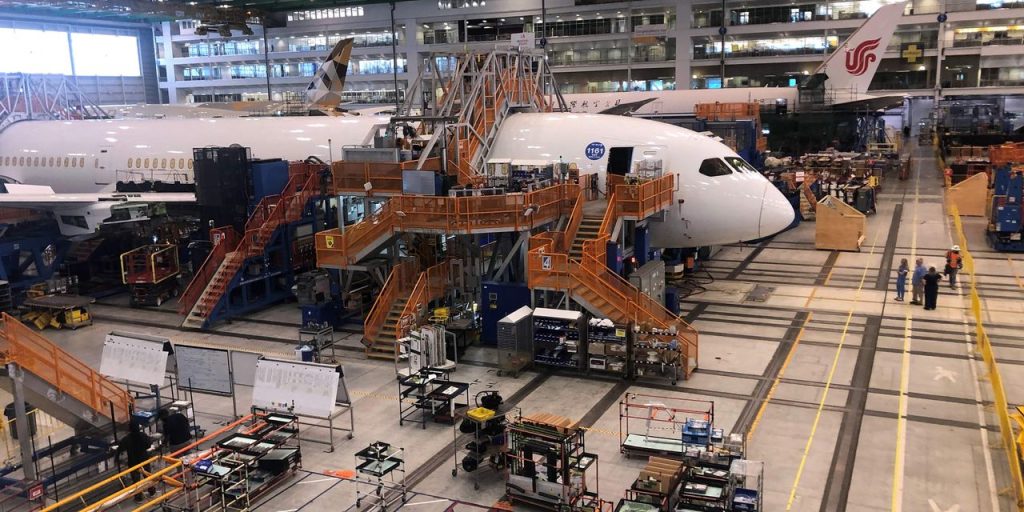The numbers: U.S. industrial production fell 0.5% in June, with declines in most market groups, the Federal Reserve reported Tuesday.
The decline was below expectations of a flat reading, according to a survey of economists by The Wall Street Journal.
Production fell a revised 0.5% in May, revised down from the initial estimate of a 0.2% decline.
Capacity utilization dropped to 78.9% from a revised 79.4% in the prior month. It is down from a high of 80.8% reached last September.
Economists had forecast a 79.5% rate.
The capacity utilization rate reflects the limits to operating the nation’s factories, mines and utilities.
The June level matches the capacity-in-use rate seen last December. The last time the capacity utilization rate was lower was in October 2021.
Key details: Manufacturing fell 0.3% in June after a 0.2% fall in the prior month.
Motor vehicles and parts output fell 3% after a 0.8% rise in the prior month. Excluding autos, total industrial output fell 0.4%.
Utilities output fell 2.6% in June. Mining output, which includes oil and natural gas, fell 0.2% after a 1.4% fall in the prior month.
Big picture: Industrial output rose at a 0.7% annual rate for the second quarter, led by a jump of 36.7% in auto production. This masked weakness in other sectors.
“Slowing demand for manufactured goods, rising customer inventories, and elevated uncertainty over the outlook are pushing manufacturers to exercise caution and cut back on production,” said Mickey Levy, chief economist for Asia and U.S. at Berenberg Capital Market, in a note to clients.
What are they saying? “The upshot here is that most of the manufacturing sector remains in a sorry state, and we see few signs of help on the horizon,” said Kieran Clancy, senior U.S. economist at Pantheon Macroeconomics, in a note to clients.
“The post-zero-Covid rebound in China’s manufacturing sector already has fizzled out, and an aggressive fiscal response by the Chinese authorities is extremely unlikely. Domestic U.S. capital spending, meanwhile, is suffering under the weight of significantly higher borrowing costs, though capital spending intentions in the regional Fed manufacturing surveys might have bottomed,” she added.
Market reaction: Stocks
DJIA,
SPX,
opened higher while the yield on the 10-year Treasury note
TMUBMUSD10Y,
fell to 3.78%.
Read the full article here














